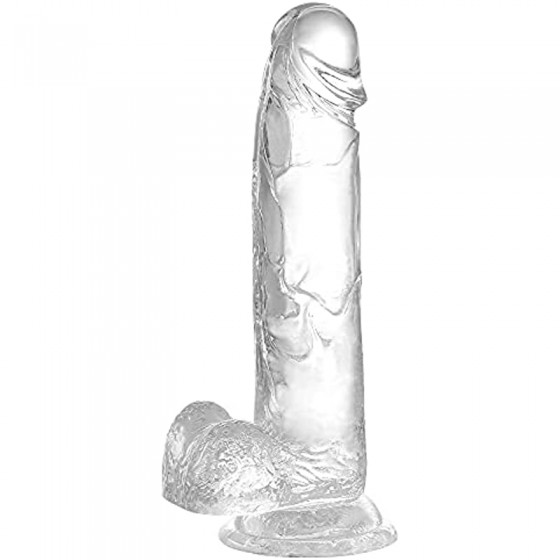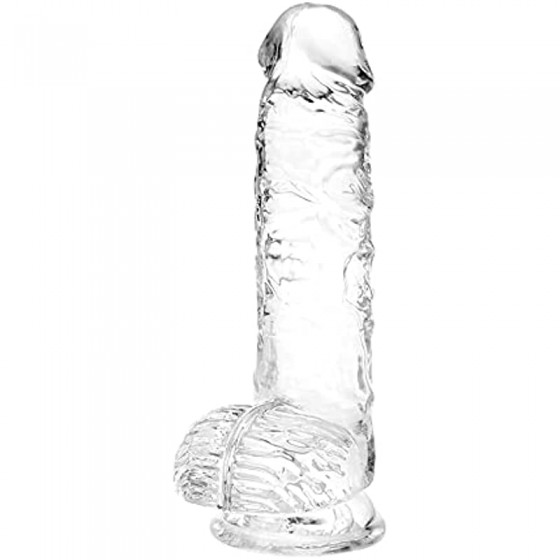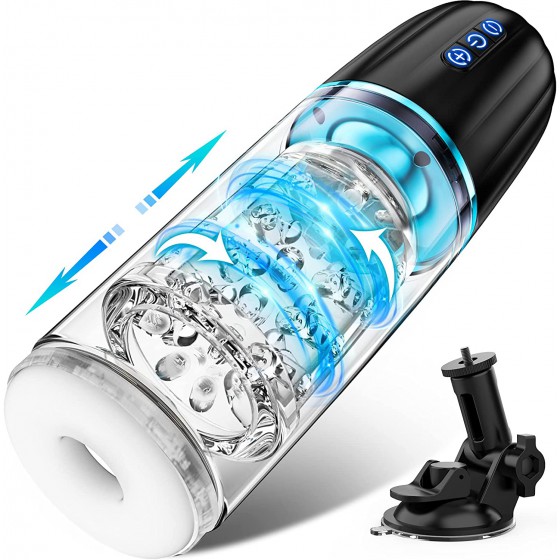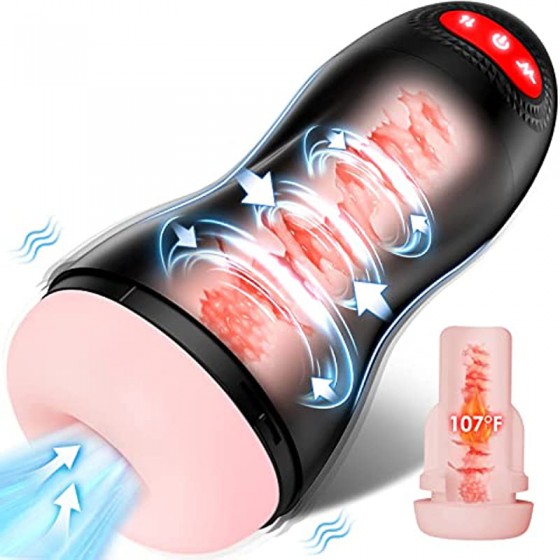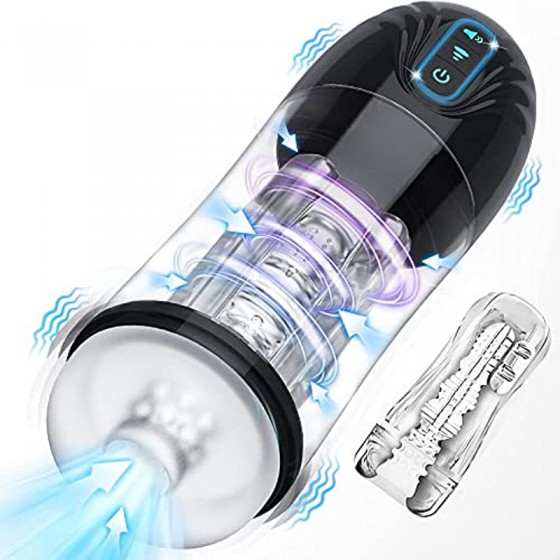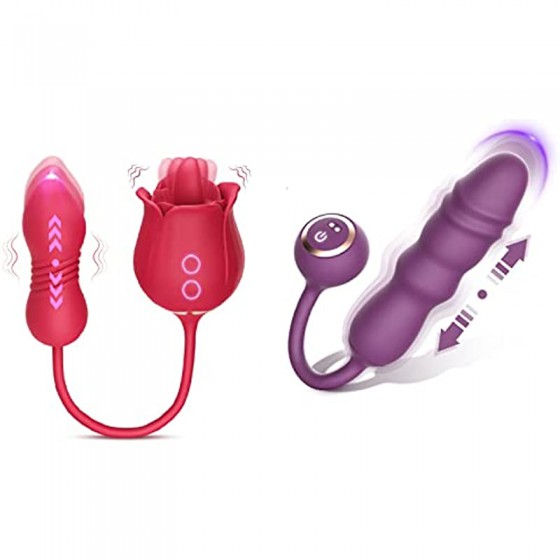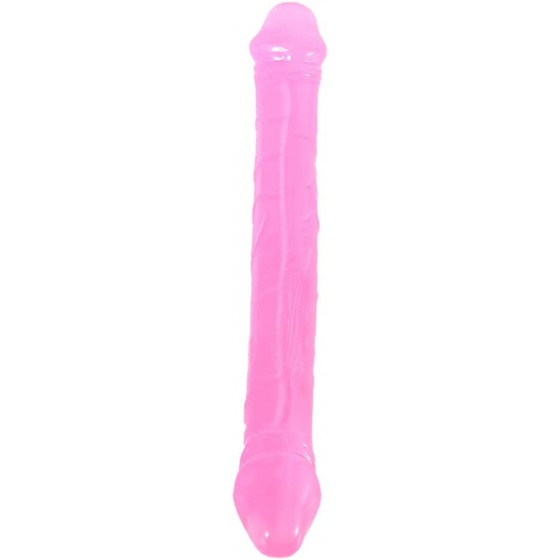What causes men to have "ball pain"? Several dietary methods to prevent orchitis
"Painache" is one of the Internet buzzwords in the 21st century. It means feeling excited and helpless about someone or something. Male orchitis will directly affect the sexual life between couples and can also lead to male infertility. What should men pay attention to when their balls hurt? The testicles are commonly known as egg balls. "Orchitis is usually caused by bacteria and viruses. Bacterial infections rarely occur in the testicles themselves. Because the testicles have a rich supply of blood and lymph fluid, they are more resistant to bacterial infections. Bacterial orchitis is the most common It is caused by inflammation of the adjacent epididymis, so it is also called epididymitis-orchitis. Common pathogenic bacteria are Staphylococcus aureus, Streptococcus aureus, Escherichia coli, etc. Viruses can directly invade the testicles, and the most common one is mumps virus. The pathogen mainly invades the parotid glands of children, causing "big mouth" disease. Since this virus also prefers to invade the testicles, viral orchitis often occurs soon after the onset of mumps.
Orchitis is one of the common diseases in men. However, there are many causes of this disease. If not treated well, it will seriously affect male fertility, so male friends must be vigilant.
Analysis of several common causes of orchitis
1. Acute inflammation or infection
In patients with urethritis, cystitis, prostatitis or prostatic hyperplasia after resection and in patients with long-term indwelling catheters, acute orchitis can occur due to the influence of inflammation. Pathologically, macroscopic observation mainly shows testicular enlargement, congestion, and tension. Histology shows focal necrosis, connective tissue edema, and lobulated nuclear granulocyte infiltration. In severe cases, testicular abscess and testicular infarction can form.
2. Incomplete treatment
If acute orchitis is not treated thoroughly or improperly, the disease can turn into chronic orchitis in the long term; it can also be caused by infection with mold, spirochetes, and parasites, such as testicular syphilis, and granulomatous orchitis can occur; it can occur locally or systemically in the testicles. Radiation of radioactive isotope phosphorus can also cause testicular inflammation and destroy testicular tissue.
3. Mumps
Mumps is the most common cause of orchitis, accounting for about 20% of adult men. Orchitis usually appears 3 to 4 days after mumps. The scrotum is erythematous and edematous. One or both testicles are enlarged and have high tenderness. Hydrocele can occasionally be seen. To the naked eye, the testis was highly swollen and purple-blue in color; histological observation showed edema, dilation of blood vessels, infiltration of a large number of inflammatory cells, and varying degrees of degeneration of the seminiferous tubules.
Fruits that are good for recovery from orchitis
Kiwi fruit: 50 grams of fresh kiwi fruit, mash and add 250 ml of warm water (about 1 cup), mix thoroughly and drink it. It can cure prostatitis and painful urination.
Grapes: Take 250 grams of fresh grapes, peel and mash them, add an appropriate amount of boiled water and drink it once or twice a day for two weeks. It can cure prostatitis and short, red and painful urination.
Mango: Take 10 grams of mango core, smash it and decoct it in water. Take it twice a day for two weeks. It can cure orchitis and testicular swelling and pain.
Papaya: Use 250 grams of papaya, slice it into pieces and put it into 1000 grams of rice wine or low-alcohol liquor. Let it soak for two weeks before using. Drink 15 ml each time, twice a day, for two weeks. It can cure kidney deficiency and weak yang. Premature ejaculation.
Several dietary methods to prevent orchitis
1. Stir-fried wolfberry seedlings with brassicas:
Appropriate amounts of brassicas, wolfberry seedlings, and condiments. Wash the brassicas and wolfberry seedlings and cut them into sections. Heat an appropriate amount of vegetable oil in the pot, add the green onions and ginger and sauté until fragrant. Then add the brassicas, wolfberry seedlings, etc., stir-fry until cooked, add salt, MSG and other seasonings. Serve. 2 doses daily.
2. Houttuynia cordata mixed with radish:
Houttuynia cordata, radish, and condiments are appropriate amounts. Wash the Houttuynia cordata and radish and cut into sections; wash the ginger and cut into strips; wash the garlic and cut into cubes; wash and cut the green onions into cubes. Put Houttuynia cordata and radish into a plate, add shredded ginger, garlic granules, sesame oil, vinegar, soy sauce and chicken essence and mix well. Take 2 doses a day.
3. Chrysanthemum and eggplant soup:
40g of Hangzhou chrysanthemum, appropriate amounts of eggplant and condiments. Add water to the chrysanthemum and boil for about 30 minutes, remove the residue and extract the juice. Wash the eggplant, cut it into diagonal slices, put it into a hot vegetable oil pan and stir-fry until it is almost cooked. Add onions, ginger, starch and chrysanthemum juice, stir-fry for a while, add some sesame oil, and take 1 dose a day.
4. Snow lotus lean meat soup:
10g snow lotus, 100g lean pork, appropriate amount of condiments. Wash the snow lotus; wash the lean meat, cut it into pieces, put it in a pot, add an appropriate amount of water to boil, then add the snow lotus, cook until the lean meat is cooked, add chopped green onion, salt, MSG, pork Take it with appropriate amount of fat, minced ginger, pepper and other seasonings, 1 dose per day.






